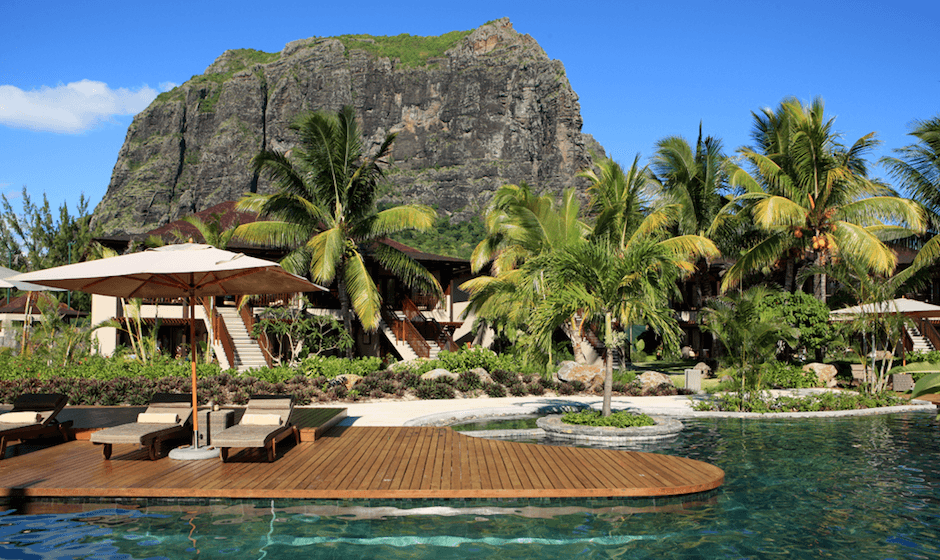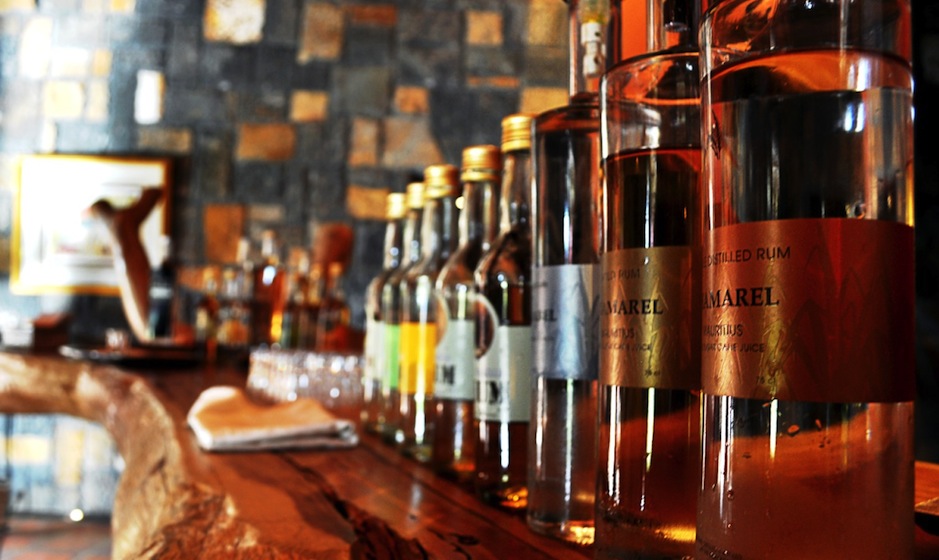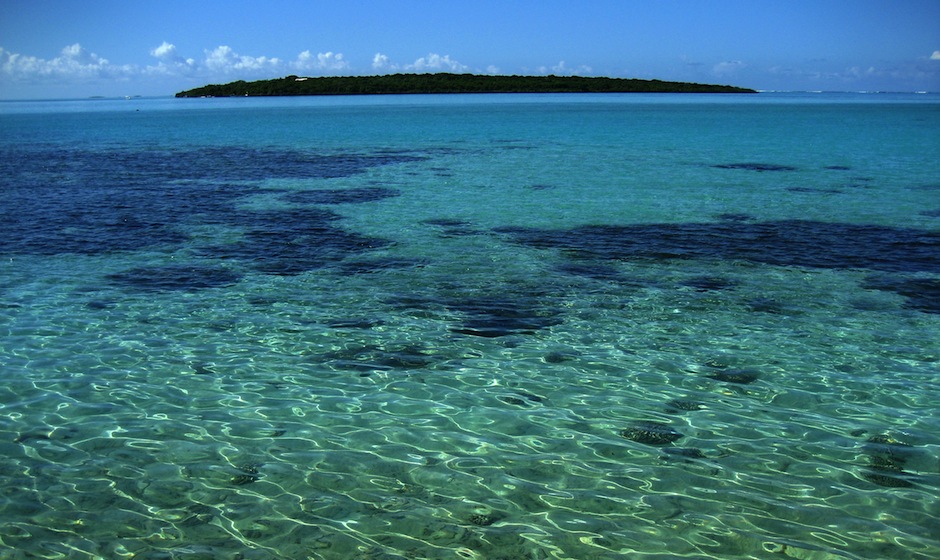Insider’s Guide to Eco Tourism in Mauritius
Mauritius is a country with a notable track record in conservation, particularly in its successful efforts to save at-risk species like the Mauritius kestrel and echo parakeet. As an island which has experienced rapid tourism growth over the past 30 years, there’s an ever-increasing desire to expand this conservation ethos to all areas of the tourist industry too. After all, the natural beauty and local cultures of Mauritius are its two biggest draws for visitors, so it’s vital all steps are taken to preserve them.
Large resort hotels are a major presence on the island, and it would be fair to say that in the past green issues were not always at the top of the agenda. This is no longer the case, however, with hotels putting eco concerns at the heart of their design and build, and established resorts moving step by step to embrace more environmentally friendly practices.
This – combined with a more general shift towards sustainable nature-based activities – is helping Mauritius establish itself as a burgeoning ‘green’ destination.
Where to stay
Eco-conscious travellers want their accommodation providers to do everything possible to minimise their impact on the natural world. LUX* Resorts, for example, are moving strongly towards a more sustainable future by collaborating with ImpactChoice to offset 100% of their carbon emissions, and by making small but important changes like using leftover cooking oil for fuel and composting leftover food into fertiliser.
Surrounded by the beauty of the Chamarel Mountains and Black River Gorges National Park is the Lakaz Chamarel eco lodge, an owner-run boutique property with 20 rooms and suites tucked into the hillside – all of which offer a range of body care products hand-made by locals from pure and natural Mauritian ingredients, without synthetic preservatives, dyes or perfumes.
And at Mon Choix – which claims to be the first eco retreat in Mauritius – the extensive commitment to sustainability includes the widespread use of solar panels, candlelight in all common areas, a salt water pool filter to prevent the need for chemicals, collection of rainwater for cleaning, pumping from the river to water the garden, banning of plastic bags, and much more. The lodge also employs 100% local staff, donates furniture to local charities and is helping to create hiking trails in the immediate vicinity.
Where to eat
Finding places to try out authentic dishes made with local ingredients is not difficult in Mauritius, especially with such an abundance of tropical produce and seafood on the doorstep. And of course, for a truly immersive experience of island cuisine, definitely try out the street food.
But in terms of local restaurants, try Chez Tino in the tiny fishing village of Trou d’Eau Douce, which is hugely popular and well known for its fresh crab soups and salads, and Creole seafood curries. Or down on the south coast at Gris Gris, try Chez Rosy, another restaurant with a big reputation for delectable freshly-caught seafood, who specialise in big plates of grilled lobster and octopus.
Escale Creole in the village of Moka is renowned for its organic lunches of homemade Creole sausages in the local tomato-based rougaille sauce, and also sells its own spices ground on the premises, along with fresh local vanilla and cinnamon. Or for an upmarket take on traditional Mauritian cuisine, head to L’Alchimiste, part of the Rhumerie de Chamarel estate, where dishes are made with ingredients produced on the grounds including the ‘eco-friendly’ Chamarel rum.
What to do
The wildlife and natural beauty of Mauritius is a precious resource, so look for operators who will help you explore it in a sustainable way. Visit Otelair or Vertical World for the chance to try canyoning and mountaineering in a safe and responsible manner, or take an eco-friendly sea kayaking or mountain biking trip with Yemaya Adventures.
If you want to discover the flora and fauna of Mauritius at a slightly more leisurely pace, there are a number of nature and eco reserves to explore. Ile Aux Aigrettes lies around 800m off the south east coast and harbours the rare pink pigeon as well as endemic Ebony forest, once home to the now-extinct Dodo. Or visit the 200-hectare La Vallee de Ferney forest and wildlife reserve, which provides a sanctuary for many indigenous species – including the Mauritius kestrel – and offers a 3km hiking trail with fantastic views of the Mahebourg Bay. Finally, for some hiking well and truly off the beaten path, take note of our tips for exploring the Black River Gorges National Park.
Photos: LUX* Le Morne, Chamarel Rum, Ile aux Aigrettes.




